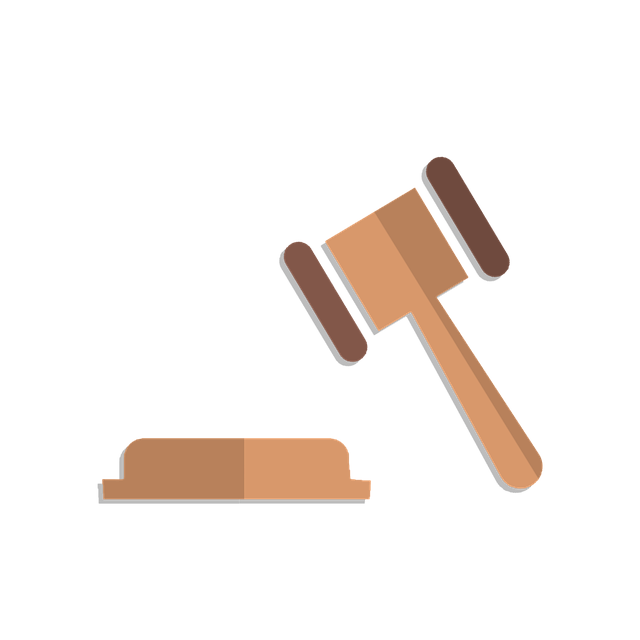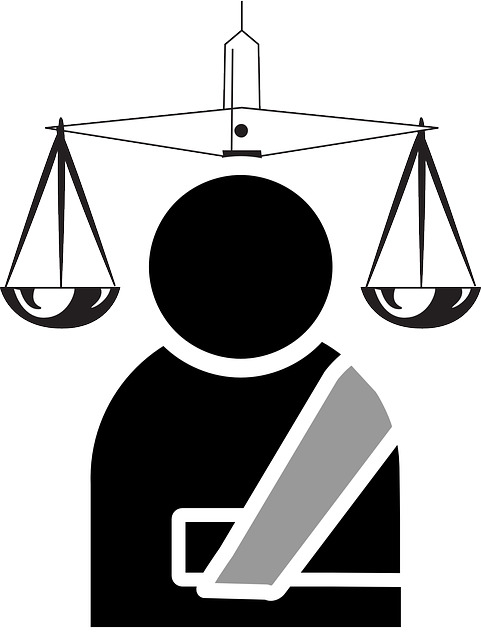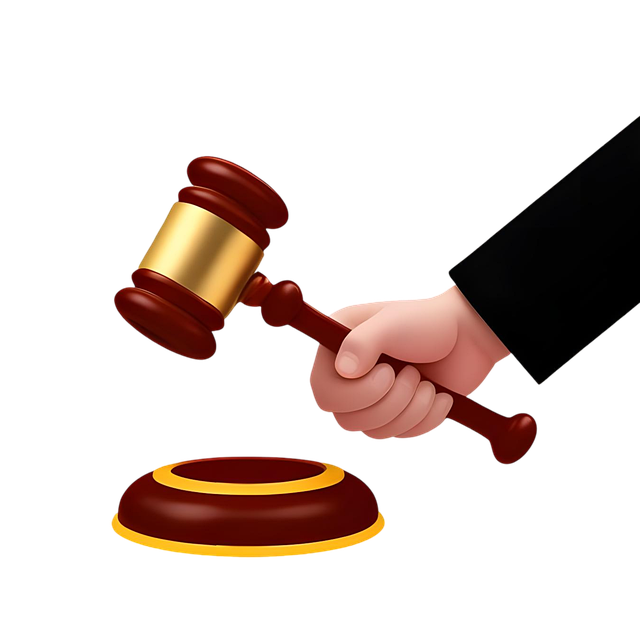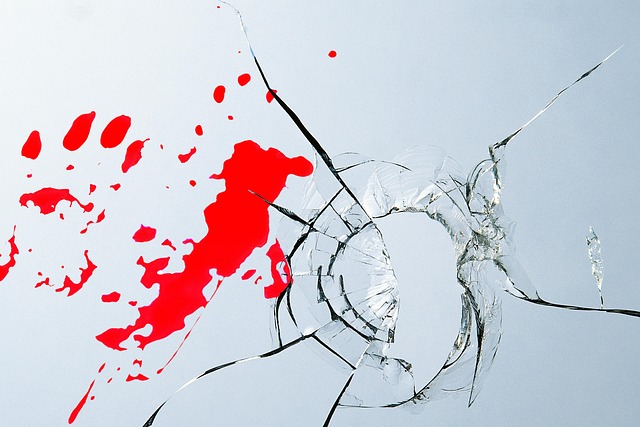Product liability law holds businesses accountable for defective products causing harm. To succeed in a product liability claim, gather robust evidence like receipts, photos, medical records, and expert opinions. Review insurance policy coverage first, then consult a qualified lawyer specializing in these claims, especially in complex cases.
Starting a product liability claim can be a complex process, but understanding the basics is key. This comprehensive guide will walk you through the essential steps to ensure a successful outcome. First, grasp the fundamentals of product liability law and how it protects consumers from defective goods. Next, learn how to gather conclusive evidence of product defects and the resulting harm. Finally, discover whether filing a claim with insurance or pursuing legal action is your best course, empowering you to take control.
- Understand Product Liability Law Basics
- Gather Evidence of Defective Product and Harm
- File a Claim With Insurance or Legal Action
Understand Product Liability Law Basics

Product liability law is designed to hold manufacturers, distributors, and sellers accountable for any harm or injury caused by defective products. When you file a product liability claim, you’re seeking compensation for damages incurred due to a product’s inadequacy or failure to meet safety standards. This legal framework ensures that businesses take responsibility for the products they bring to market, safeguarding consumers from potential risks.
Understanding the fundamentals of product liability is crucial before initiating any legal proceedings. It involves recognizing different types of defects, such as design flaws, manufacturing errors, and inadequate warnings. Additionally, being aware of state-specific laws and time limits for filing a claim, often referred to as statutes of limitations, is essential. While medical negligence and business litigation are distinct areas of law, they may intersect in product liability cases, especially when the defect leads to physical injuries or economic losses for clients.
Gather Evidence of Defective Product and Harm

When initiating a product liability claim, the first crucial step is to gather comprehensive evidence that both establishes the existence of a defective product and demonstrates the harm it caused. This involves collecting detailed documentation such as purchase receipts, product manuals, and any correspondence with the manufacturer or seller regarding issues with the item. Additionally, gathering photographs showcasing the defective nature of the product can be invaluable for supporting your claim.
In the event of physical injuries or property damage resulting from a faulty product, it’s essential to secure medical records and repair estimates or bills as evidence. For cases involving elder abuse or other sensitive scenarios like truck accidents where a defective vehicle part was at fault, meticulous documentation is likewise critical to establish liability and ensure justice. This may include witness statements, maintenance logs, and expert opinions to prove that the product in question breached its intended design or quality standards, leading to subsequent harm.
File a Claim With Insurance or Legal Action

When considering a product liability claim, one of the initial steps is to determine whether filing a claim with insurance or pursuing legal action is the best course of action. If you’ve been harmed by a defective product, your first step should be to review your policy and understand your coverage. Many insurance policies include product liability coverage, which can potentially cover medical expenses and other damages resulting from an accident involving a defective product.
In cases where the harm is significant or negotiations with the manufacturer’s insurance company prove unsuccessful, consulting with a qualified accident lawyer who specializes in product liability claims may be necessary. They can guide you through the process, help assess your case for caregiver negligence (if applicable), and represent you if legal action becomes unavoidable. Even in situations involving complex cases like truck accidents, the right lawyer can make a significant difference in the outcome of your product liability claim.
Starting a product liability claim requires understanding legal basics, gathering robust evidence, and knowing when to take action. By following these steps—from comprehending the fundamentals of product liability law to filing either an insurance claim or legal suit—you can navigate the process effectively. Remember, a well-founded claim hinges on clear documentation and expert advice, ensuring the best possible outcome for your situation. For a successful product liability claim, knowledge is power.






